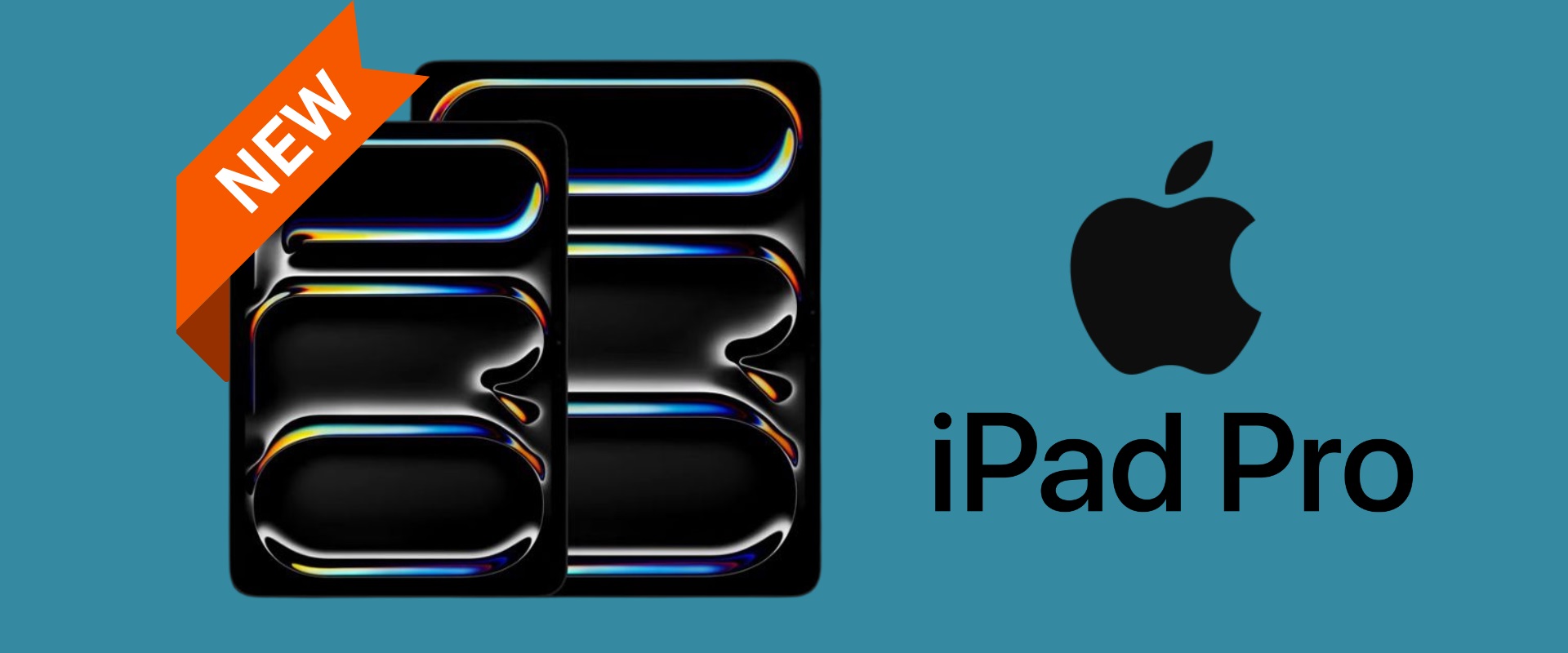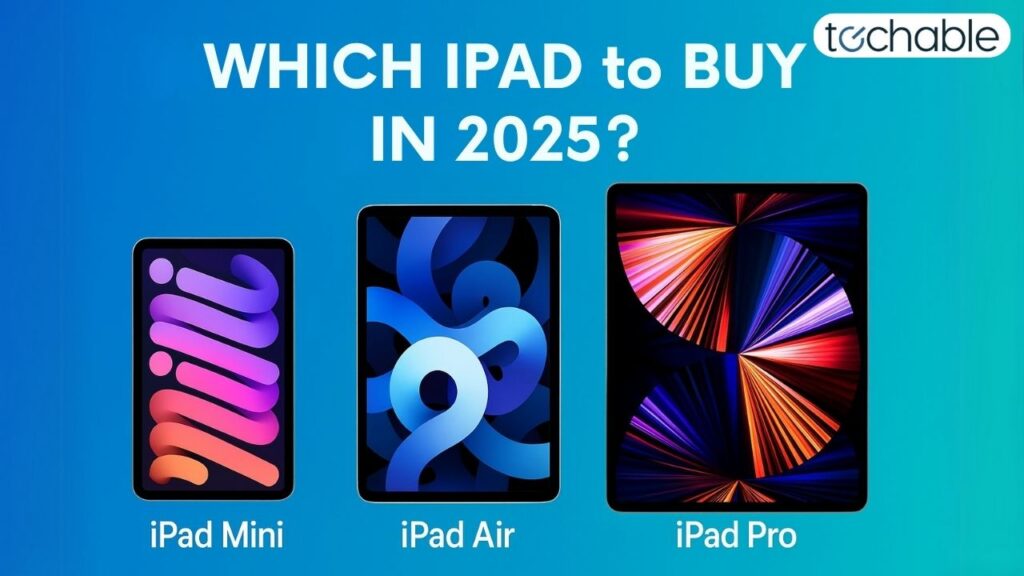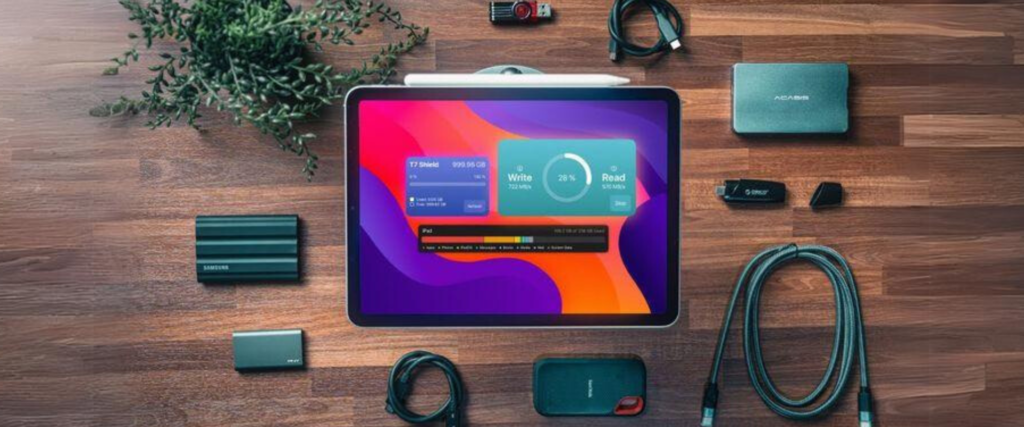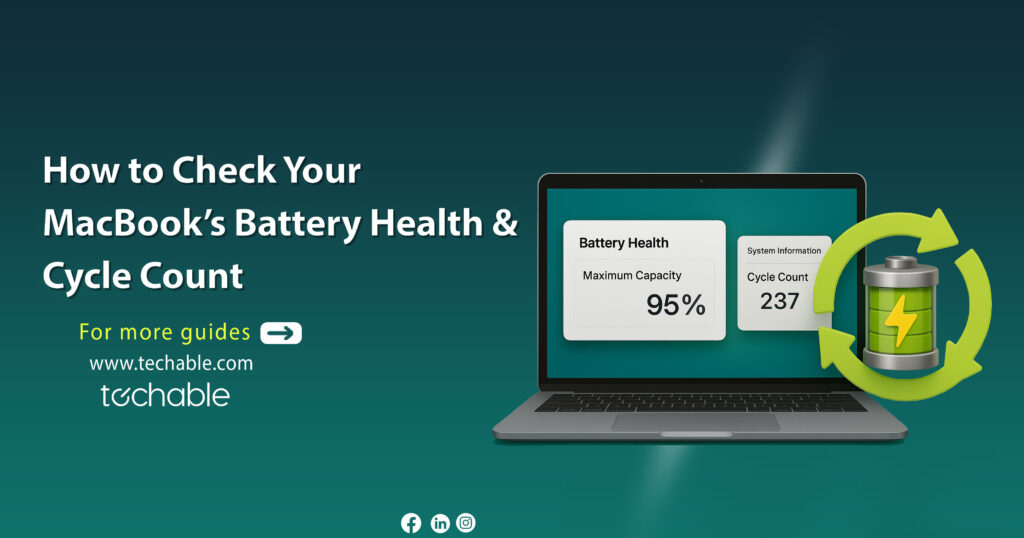Apple’s much-anticipated “Let Loose” event, held on May 7, 2024, delivered a series of exciting announcements that captivated the tech community and consumers alike. Central to the event were the unveilings of the latest iterations in Apple’s esteemed line of tablets—the new iPad Pro and iPad Air. These announcements were particularly significant as they showcased Apple’s continued innovation in the tablet market, pushing the boundaries of what’s possible with mobile computing devices.
The new iPad Pro, now the thinnest Apple product ever, introduced remarkable advancements in both design and technology. It features an Ultra Retina XDR OLED display, a powerful M4 chip, and a host of other enhancements that set new benchmarks for performance and user experience. Similarly, the updated iPad Air also made headlines with its expanded screen sizes, the introduction of the M2 chip, and improved multimedia capabilities, making it a versatile tool for both productivity and entertainment.
New iPad Pro
In a striking advancement in tablet design, Apple unveiled the new iPad Pro models during the “Let Loose” event, showcasing significantly thinner profiles and lighter weights. The 11-inch iPad Pro, now only 5.3mm thick, and the 13-inch model, just slightly slimmer at 5.1mm, are heralded as the thinnest products ever released by Apple. This reduction in thickness does not compromise on durability or performance but instead enhances the portability and aesthetic appeal of these high-end devices.
The weight of the devices has also been attentively reduced. The 11-inch model weighs less than a pound, and the 13-inch model is a quarter pound lighter than its predecessor, making them not only easy to carry but also more comfortable to use for extended periods, whether for professional creative work, streaming media, or managing daily tasks.
Display Enhancements
Apple’s new iPad Pro models introduce significant advancements in display technology with the introduction of the Ultra Retina XDR OLED displays. This new display type brings an enhanced viewing experience to the older iPad Pro lineup.
Ultra Retina XDR OLED Display Capabilities
The Ultra Retina XDR OLED display on the new iPad Pro utilizes a tandem panel design, which allows it to achieve higher brightness levels and improved energy efficiency. This design supports full-screen brightness of up to 1,000 nits for standard dynamic range (SDR) content and can reach a peak of 1,600 nits for high dynamic range (HDR) content. Such capabilities ensure that whether users are editing video, browsing photos, or watching movies, the screen output is vivid and highly detailed.
Performance Upgrades
A key highlight of the new iPad Pro is the introduction of Apple’s M4 chip, which represents a significant leap forward in tablet computing performance. This latest chipset builds upon the foundation set by the earlier M2, delivering more power and efficiency to meet the demands of increasingly complex applications and workflows.
New iPad Air
In the latest update to its iPad Air lineup, Apple has introduced two new screen size options: an 11-inch model and a more expansive 13-inch version. This strategic choice in varying screen sizes caters to a broader range of user needs and preferences, providing options for both portability and enhanced visual real estate.
The rationale behind offering these new sizes stems from Apple’s commitment to versatility and functionality. The 11-inch model continues to serve users looking for a highly portable device that easily fits into daily commuting or travel, ideal for reading, casual gaming, and personal productivity. On the other hand, the 13-inch model appeals to those who require more screen space for tasks such as document editing, detailed artistic work, or multitasking with multiple apps visible simultaneously.
Sticking with LCD Displays at a 60Hz Refresh Rate
Despite the sweeping advancements seen in the iPad Pro’s display technology, Apple has chosen to equip the updated iPad Air models with LCD panels maintaining a standard 60Hz refresh rate. This decision underscores Apple’s aim to balance performance with cost-effectiveness in a device segment that targets a more budget-conscious segment of the market.
Camera and Multimedia
The updated iPad Air models feature significant enhancements to their camera systems, a move that aligns with the increasing use of tablets for content creation and communication. Notably, Apple has repositioned the 12-megapixel front-facing camera to the side of the device. This landscape positioning is a thoughtful adaptation, improving the framing and angles during video calls, which are typically conducted in landscape mode. This adjustment makes the iPad Air more user-friendly for virtual meetings, online classes, and video chatting, providing a more natural and centered video experience.
Additionally, the rear camera on the new iPad Air has received upgrades that bolster its video recording capabilities. It now supports recording in Apple’s ProRes format, a feature appreciated by video production professionals for its high image fidelity and flexibility in post-production editing. The rear camera also incorporates Smart HDR 4, enhancing photo and video quality by optimizing light and shadow details in complex scenes. These camera enhancements, coupled with the high-resolution display, make the iPad Air a more versatile tool for multimedia tasks, from shooting and editing videos to capturing high-quality photos on the go.
Processing Power
The introduction of the M2 chip in the new iPad Air models represents a significant leap in processing power, particularly when compared to the previous iterations equipped with the M1 chip. The M2 chip is built on an advanced semiconductor architecture that improves both performance and energy efficiency. This chip includes an 8-core CPU and a 10-core GPU, which deliver faster processing speeds and smoother graphics rendering than its predecessor.
The inclusion of the M2 chip is particularly significant because it brings the iPad Air closer in performance to the more professional-grade iPad Pro models, making it a more attractive option for a wider range of users. Professionals and creatives who need substantial processing power for applications like graphic design software, video editing, or 3D modeling will find the iPad Air more capable of handling these intensive tasks without the higher price tag of the iPad Pro.
iPad Pro Pricing
- The 11-inch iPad Pro starts at $999 for the base model, which includes 128GB of storage. Prices increase with higher storage capacities, up to 1TB.
- The 13-inch iPad Pro begins at $1,299 for the same base storage, with incremental price increases for additional storage and features like cellular connectivity.
iPad Air Pricing
- The 11-inch iPad Air is priced starting at $599, making it an attractive option for those seeking performance and portability at a lower cost.
- The 13-inch version starts at $799, providing a larger screen and more powerful processing capabilities for under $800.
If you’re contemplating on upgrading to the innovative new iPad Pro, consider SellMac for an effortless way to sell your current tablet. SellMac offers a streamlined process to quickly appraise and compensate for your old devices, ensuring you receive a competitive offer and hassle-free experience. Whether you’re upgrading from an earlier iPad model or switching from a different brand, SellMac provides a simple, secure, and satisfying method to convert your old tech into cash. Start the process today by visiting SellMac’s iPad Trade-in Page and discover how easy it is to fund your next upgrade while responsibly recycling your old device.


















0 Comments